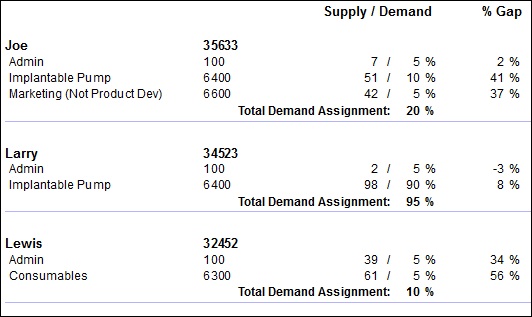Here’s an old saying, “If you want something done, give it to a busy person.” There is a particular commonality among busy people: they complete an astonishing number of tasks each day.
Busy people feel they have to complete each and every task given to them. Plus, they feel they need to do every one of them well. Nothing is half-baked. No detail is too small. But to a busy person, all that work is not a burden, it’s an investment. But still, they sometimes feel overwhelmed but keep motoring on day after day, doubling the number of tasks that normal people complete. They rarely wait for someone to tell them to do a task twice, or even once for that matter.
I’ve noticed that busy people even walk faster than normal people. They seem to be on a mission everywhere they go, even to and from work. They drive faster and rarely make “quick stops” along the way. They never say, “I’ll just be two minutes,” which has become a popular saying of the non-busy people of the world, because it’s never really just two minutes is it?
I admire busy people, and enjoy studying them, especially in the project management setting. You don’t see them in meetings like the non-busy people. Instead, they’re heads-down or jetting off to the next task. That’s a discipline few possess, including myself.
Bottom line: if you don’t have a busy person to emulate, try becoming one yourself; someone might being to emulate you. Prioritize everything, all the time. Complete every task. Grind out the details that most people gloss over. Get a whole day’s work done by 10 AM, and then look for something else to do. You might just find that the busy life suits you!
–newshirt
�






